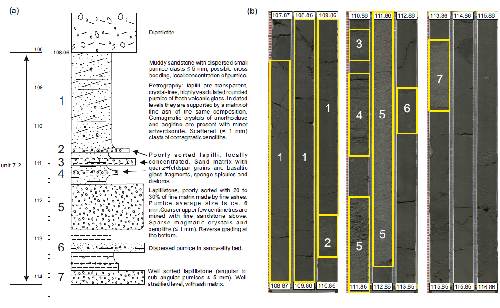Marine record of Antarctic volcanism from drill cores

Di Roberto A., P. Del Carlo and M. Pompilio.
Geological Society, London, Memoirs, 55, https://doi.org/10.1144/M55-2018-49
Abstract
We review here data and information on Antarctic volcanism resulting from recent tephrostratigraphic investigations on marine cores. Records include deep drill cores recovered during oceanographic expeditions: DSDP, ODP and IODP drill cores recovered during ice-based and land-based international cooperative drilling programmes DVDP 15, MSSTS-1, CIROS-1 and CIROS-2, DVDP 15, CRP-1, CRP-2/2A and CRP-3, ANDRILL-MIS and ANDRILL-SMS, and shallow gravity and piston cores recovered in the Antarctic and sub-Antarctic oceans. We report on the identification of visible volcaniclastic horizons and, in particular, of primary tephra within the marine sequences. Where available, the results of analyses carried out on these products are presented. The volcanic material identified differs in its nature, composition and emplacement mechanisms. It was derived from different sources on the Antarctic continent and was emplaced over a wide time span.
Marine sediments contain a more complete record of the explosive activity from Antarctic volcanoes and are complementary to those obtained by land-based studies. This record provides important information for volcanological reconstructions including approximate intensities and magnitudes of eruptions, and their duration, age and recurrence, as well as their eruptive dynamics. In addition, characterized tephra layers represent an invaluable chronological tool essential in establishing correlations between different archives and in synchronizing climate records.


Devi effettuare l'accesso per postare un commento.